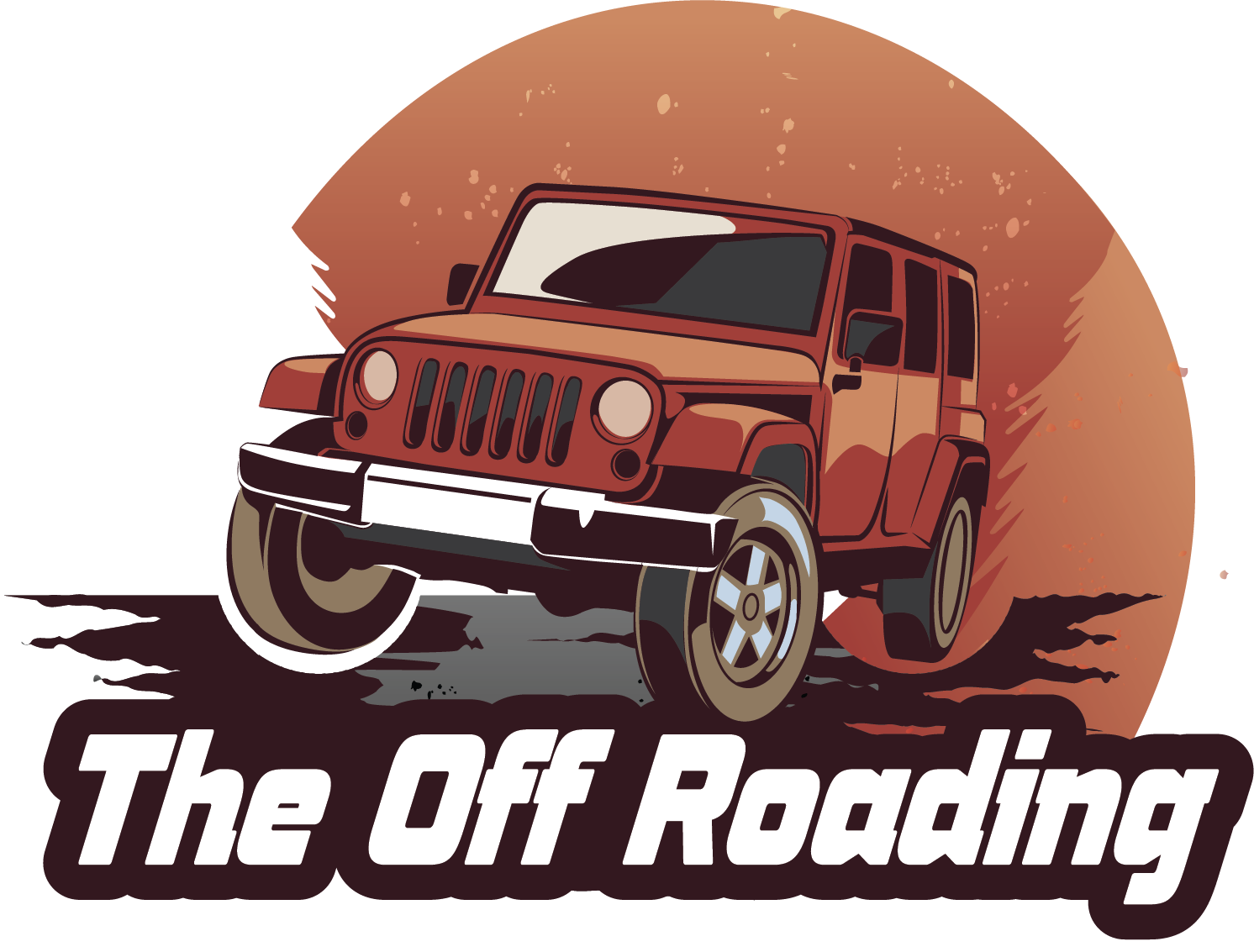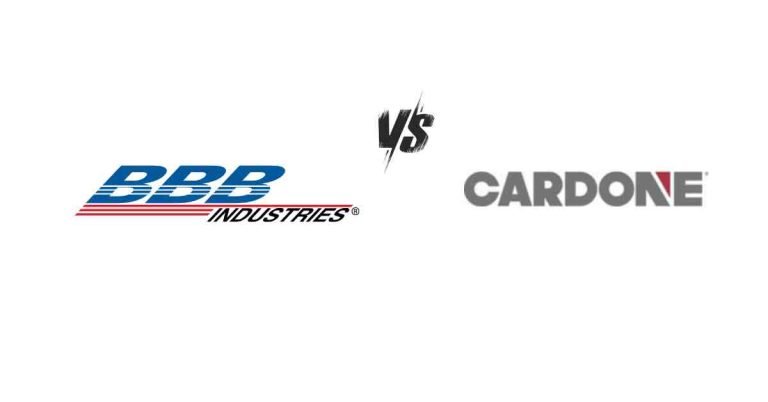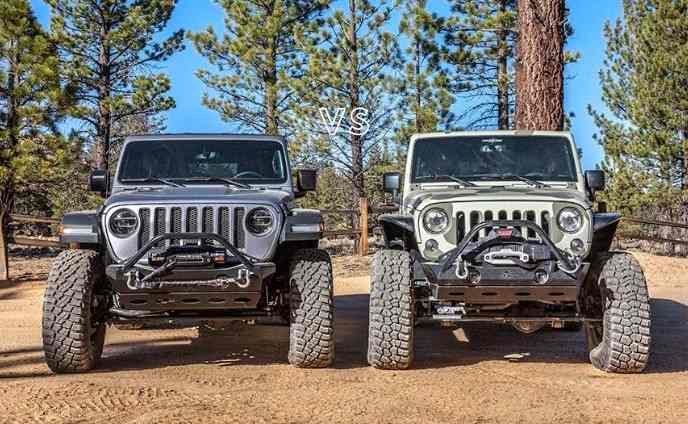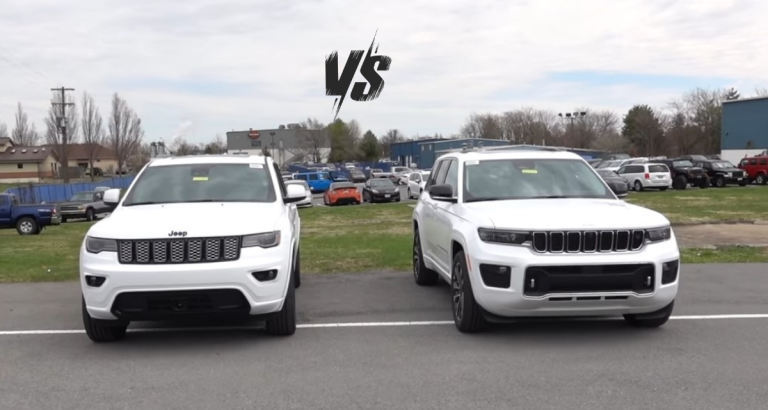CV Joint Vs. U Joint: Which One Is Better?
CV (Constant Velocity) joint and U (Universal) joint both establish the connection between your vehicle’s transmission and driveshaft. This allows the delivery of rotational power to your axles. While both joints have the same purpose, how does the CV joint differ from the U joint?
The main difference lies in the mechanism they transfer the energy. U-joint lacks velocity in certain angles, whereas CV provides constant velocity in all operational angles. Plus, U-joint is an inexpensive option that is easy to replace. Whereas CV-joint allows for higher lifts and smooth rides.
This article will differentiate the basic anatomy and functions of the CV joint and U-joint. Finally, you’ll be able to pick the right option for you.
CV Joints Vs. U Joints: Quick Comparison
The following table summarizes the key differentiation between the CV joint and the U joint.
| Comparison Aspects | Constant Velocity (CV) Joint | Universal (U) Joint |
| Mechanism | Provides constant velocity in all operational angles | Lacks velocity in certain angles |
| Cost | Generally more expensive | Cheaper |
| Replacement | More complex to replace | Easy to replace |
| Lift and Ride Quality | Allows for higher lift and smooth ride | Not suitable for higher lifts |
| Maintenance | Requires less frequent greasing and maintenance | Greasing is required at regular intervals to prevent vibration |
| Durability | More durable, last longer with less maintenance | May require more maintenance, easier to damage |
| Applicability | Front-wheel and All-wheel drive cars | Rear-wheel drive cars |
U Joint Overview: Connecting the Wheels
When you drive your car, a lot is happening beneath the car body that makes those wheels turn. One essential player in this automotive symphony is the U joint – a small but mighty component that helps keep things moving smoothly. U-joint is a historical piece that has been in use since the 1600s in the market.
How Does a U Joint Work?
The simplest universal joint has two shaft yokes that are at right angles to one another and a four-point cross that joins the yokes. The bearing cap assemblies are forced into the yoke eyes, and the cross rides inside of them.
U-joint (Image source: Wikimedia)
It’s like a flexible connector that joins different parts of your car together, allowing them to move in harmony. Just like your joints let you bend your body, U joints give your car the flexibility it needs to navigate turns and bumps.
U joints connect the front and rear differential in a 4WD vehicle. Also, they’re used to connect inner and outer axle shafts in some vehicles (for example, TJ Wrangler).
U Joint Types
There are two types of universal joints. These are-
- Cross-Type: The cross and roller type u joint is used more frequently. It features two Y-shaped yokes with a spider in the center. It allows the drive shaft to bend.
- Ball and Trunnion Type: This type of joint is not as commonly used as the previous one. It allows the drive shaft to bend as well as permits backward and forward motion of the drive shaft.
U Joint Sizes
There are several sizes of U-joints based on application. As the series number increases, the size is bigger, which offers more torsional strength to handle more torque.
| Series | 1310 | 1330 | 1350 |
| Width (Inches) | 3.219 | 3.625 | 3.625 |
| Cap Diameter (Inches) | 1.062 | 1.062 | 1.188 |
| Maximum Angle (Degrees) | 30 | 20 | 20 |
| Use | Medium torque application in cars (400 lb/ft-600 lb/ft) | Medium torque application in cars (400 lb/ft-600 lb/ft) | High torque application cars and trucks (600 lb/ft and more) |
Uses of U Joints
Most rear-wheel drive cars and trucks comprise two to three U-joints at both ends of drive shafts. At the same time, the number increases in some commercial buses and trucks.
Advantages of U Joints
You may like U-joints, and the reasons are:
- Easy to Replace: As any tiny particles in your car can wear, the U-joint is not an exception. But U joints are very easy to replace. Many prefer DIY, while some take assistance if it is unfortunately damaged.
- Inexpensive: It’s a budget-friendly option for those who don’t want to invest in a cv-joint. So, if you suspect your joint may snap while off-roading, opt for U-joint.
Cons of U Joints
U joints also have their weaknesses. Some users dislike U Joint because-
- Frequent Maintenance Needed: They need regular greasing to keep them happy. Without enough grease, they can start causing vibrations that you’ll feel while driving.
- Limited Flexibility: Another thing to note is that U joints have limited flexibility compared to their cousin, the CV joint. So, they might not be the best choice for vehicles that need to take tight turns or navigate tricky terrain.
CV Joint Overview: The Smooth Operator
CV stands for constant velocity. Their name comes from their capacity to maintain velocity at all angles. Let’s break down the basic anatomy of CV joints and how they work.
What’s a CV Joint and How Does it Work?
CV stands for “constant velocity.” A CV joint is like a smooth operator that helps your car maintain a steady speed, even when you’re making turns.
Picture this: You’re driving down the road, and you need to make a turn. Your wheels have to move at different speeds to handle the curve, right? Well, that’s where the CV joint steps in. It adjusts the speed of each wheel so that your car stays stable and doesn’t jerk or jolt.
A CV joint’s fundamental parts are a cage, balls, and an inner raceway enclosed in a housing and protected by a rubber boot. Lubricating grease is used to lubricate all of these parts.
CV-Joint [Source]
The assembly of bearings and cages allows for axle rotation and power transmission at different angles. It may ensure the same torque output up to 80% deviation from a straight line.
You can understand the working principle more from the following video:
Types of CV Joints:
CV joints come in various forms to suit different needs. Here are three main types:
- Rzeppa Joint: A Rzeppa joint (created by Alfred H. Rzeppa in 1926) is made up of a similar outer shell that encloses the inner shell and has six grooves in it. A ball is guided by each groove.
Rzeppa joints allow for substantial angle changes when steering the front wheels; the average range of articulation is 45° to 48°, though some can reach 54°.
- Tripod Joint: These joints are used in the inboard ends of the drive shafts. Here, three-pointed yokes attach to the shaft.
A typical tripod allows 26 degrees of angular articulation. Hence, they’re cheaper. They’re used in rear-wheel drive vehicles or inboard side of front-wheel drive autos.
- Double Cardan Joint: Two universal joints equal to a double Cardan joint. A central yoke connects them.
Their extreme torque load and great range articulation offer the best form of the CV joint.
Uses of CV Joints
CV joints are commonly found at the ends of half-shafts in modern rear-wheel drive automobiles with independent rear suspension. They’re also used on the tail shaft more often.
Pros of CV Joints
CV joints are all about delivering a smooth and comfortable ride. They work quietly and efficiently, making sure you enjoy every moment on the road. The pluses are:
- Maintain Velocity at Larger Angles: Thanks to their flexible design, they can handle different angles and maintain velocity.
- Stronger: Less susceptible to vibration and friction.
- More power: It’s able to handle a greater torque load.
Cons of CV Joints:
Some points go against the CV:
- Complex Installation: They aren’t easy to replace as a u-joint. Therefore, though they’re less prone to damage, you may face difficulties if a CV joint breaks.
- CV joints may break if the protective boot cracks. The grease will leak. Then, the CV joint will wear over time.
Now let’s move to the big question: Which one is better – CV joints or U joints?
CV Joint Vs. U Joint: Side-By-Side Comparison
Let’s break down the comparison between CV and U joints to help you make an informed decision.
- Performance: Smoothness Vs. Strength
When it comes to performance, CV joints take the lead in delivering a smooth and comfortable ride.
On the other hand, U joints bring muscle, especially in trucks. They’re the weightlifters that can handle heavy loads and rough terrains without breaking a sweat.
- Durability: Longevity Vs. Grit
In the durability department, CV joints often come out on top. Their design allows them to handle regular driving conditions with ease, and they tend to last longer without demanding much maintenance. Some vehicles can run more than 300,000 miles with their initial CV joint.
U joints might need more attention in the form of regular greasing to ensure they keep performing at their best. However, though u-joints are more prone to damage, they’re easy to replace.
- Maintenance: Easygoing Vs. Attention-Seeking
Speaking of maintenance, CV joints are the low-maintenance pals you can count on. They don’t need as much care and attention as U joints, making them a convenient choice for drivers who prefer hassle-free ownership.
U joints, however, require greasing at regular intervals to prevent vibrations and ensure they stay in top shape. A rule of thumb is to grease every greaseable U joint after every 5,000 miles.
However, there are some grease-free U-joints in the market nowadays which may serve up to 100,000 miles.
- Suitability for Different Vehicles: All About Fit
If you’re driving a regular car and value a smooth ride, CV joints are a natural choice. They prevent friction while turning.
On the other hand, if you own a truck or frequently take on challenging terrains, U joints might be the better match.
Watch this video to better understand the difference between the U joint and the CV joint.
Making Your Choice: Which One Is Better?
Ultimately, the decision between CV and U joints boils down to what you need from your vehicle. Remember, there’s no one-size-fits-all answer. Both CV and U joints have their strengths.
So, CV joints are mostly used in front-wheel-drive (FWD) and all-wheel-drive (AWD) vehicles. CV joints are essential in FWD and AWD due to their independent suspension systems, allowing each wheel to move independently, especially during turning or bumping.
The ends of the half shafts, which attach the transaxle to the wheels, are home to the CV joints. For this application, CV joints are required since the half shafts function at changing angles and speeds, notably when turning or navigating bumps.
On the contrary, opt for a U joint in your rear-wheel-drive. Because they have a solid rear axle that does not need to accommodate large changes in angle or suspension.
Final Words
In the intricate world of automotive joints, CV and U joints play distinct roles. CV joints offer a smooth ride, while U joints bring robust strength.
Choosing the right partner depends on your driving style and vehicle needs. So, whether you’re waltzing through city streets or conquering rough terrains, these joints keep your wheels moving. Embrace the dance of balance, and enjoy the journey ahead.







